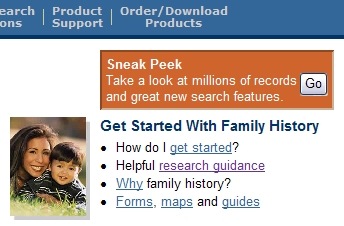I am probably guilty also. I'm not too happy with the way New FamilySearch (NFS) prompts for sources. I stand among the ranks of those that have mostly put off entering my sources into New FamilySearch except in cases of well-established wrong information.
(I've been meaning to blog on my experiences entering Utah death certificates for, oh, about a year now. Each certificate took so long that NFS would log me out before I finished. And this was back in the days when it didn't remember where you were when you logged back in! Frustrating! Anyway, I don't want to be one of the useless whiners, so I haven't blogged on this until I have time to give particular examples and suggested rehabilitations. But I digress...)
The lead product manager for New FamilySearch is Jim Greene. Given Paul Nauta's recent comments concerning the meaning of "New FamilySearch," I should be more exact. Greene is the P.M. for the present incarnation of FamilySearch FamilyTree and "Online TempleReady." I don't know if his assignment covers the next incarnation of FamilyTree being worked on at FamilySearch Labs. But I digress...
Recently Greene responded to a suggestion that people hold off entering sources because the information might be lost once the source feature is overhauled and fixed up. (Was I responsible for that rumor? I can't remember which ones I've started and which ones I haven't. But I digress...)
Here's the message that Greene posted on FHCNET:
In my presentation on new FamilySearch at the BYU Computerized Genealogy Conference in March 2008, there were a number of questions on notes and sources that I responded to. It appears that I have left the impression that we should not enter notes and sources at all. I would like to correct that notion. Entering notes and sources will be beneficial to all, at any time. While it is true that there will be improved ways of doing this in the future, it is always good to capture this information and share it with others. Entering it via GEDCOM could case duplication, that method of entry should be done cautiously and with discretion. The benefit of having them available and shared with everyone is great, hopefully greater than any inconvenience you would have in entering them manually, or reformatting them in the future.
No data will be removed or lost, we go to great lengths to make sure of that, at all times.

 I've seen a lot of pronouncements from some of you that you plan on sticking with Ancestry's old search. Unfortunately, it may not be around for too much longer. Given that you will be forced to the new search at some point, have you identified what needs to fixed, changed or improved? Did you provide that feedback?
I've seen a lot of pronouncements from some of you that you plan on sticking with Ancestry's old search. Unfortunately, it may not be around for too much longer. Given that you will be forced to the new search at some point, have you identified what needs to fixed, changed or improved? Did you provide that feedback? I bet FamilySearch's
I bet FamilySearch's 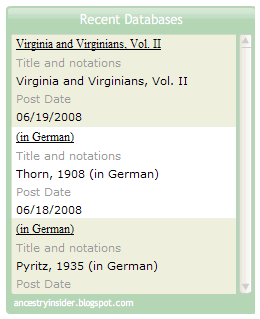
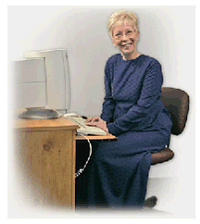

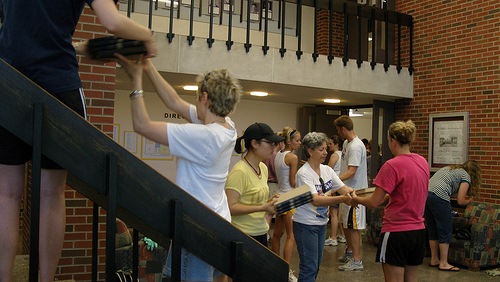




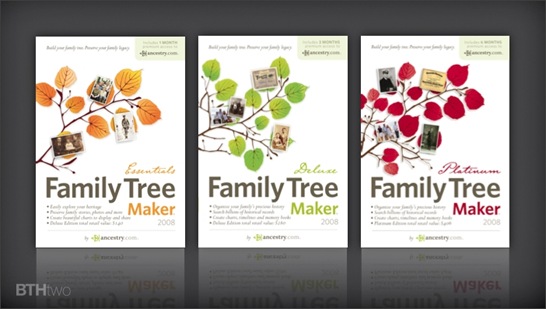
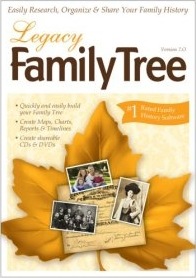

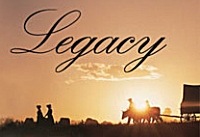
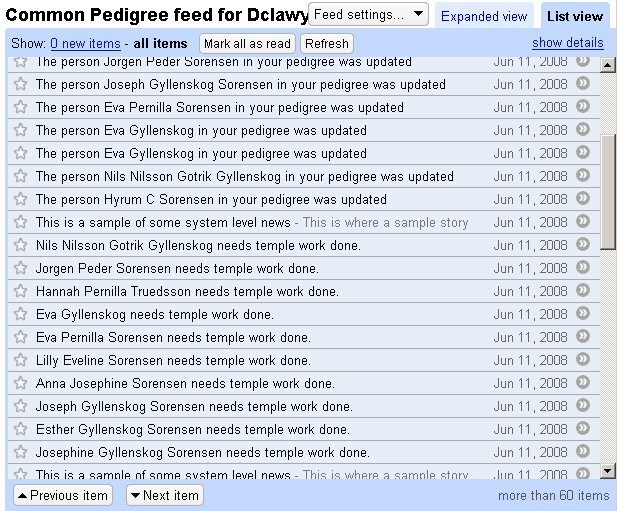
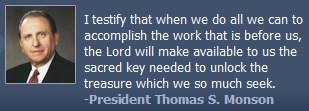
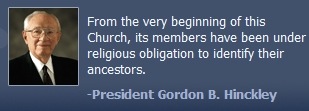
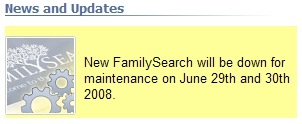 A notice on
A notice on 